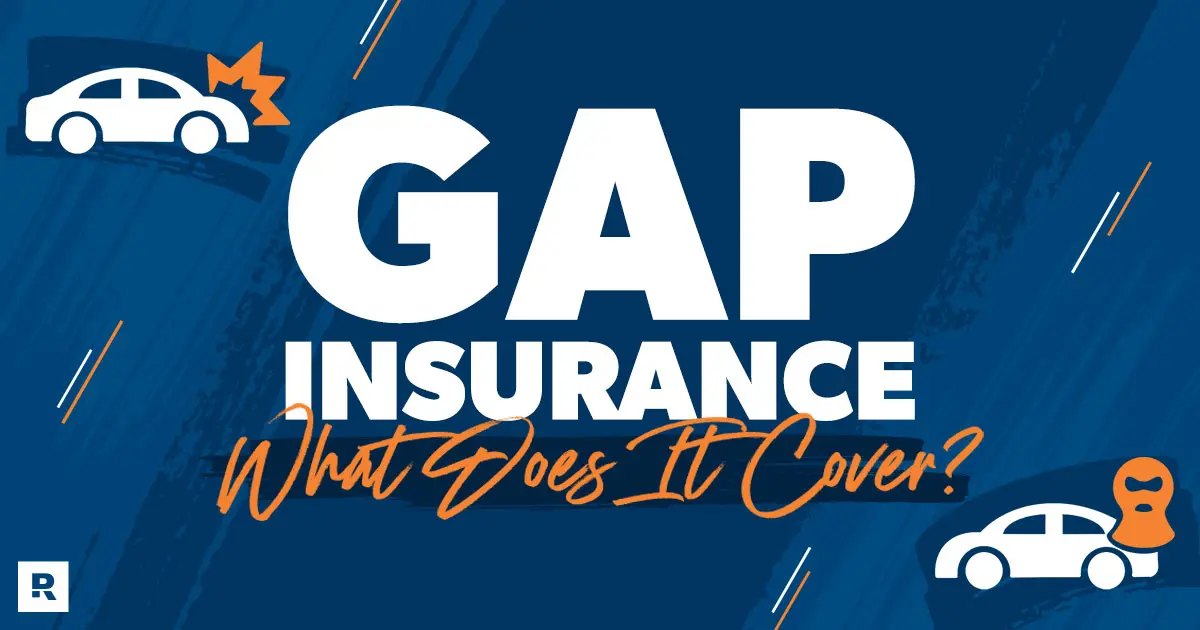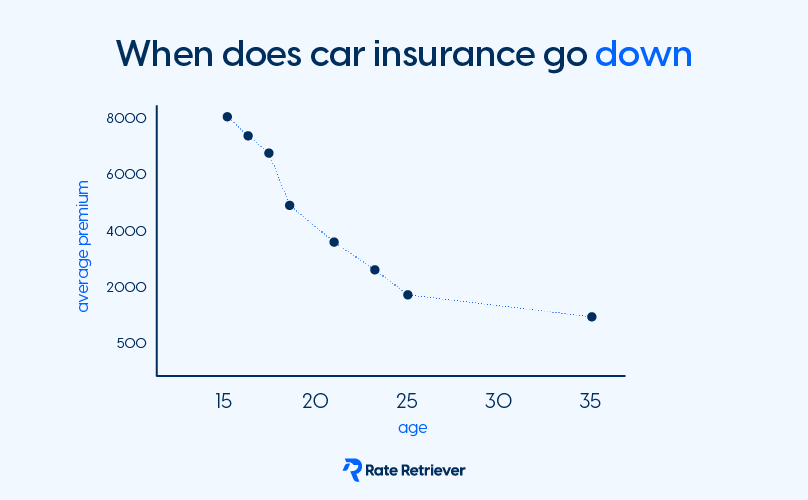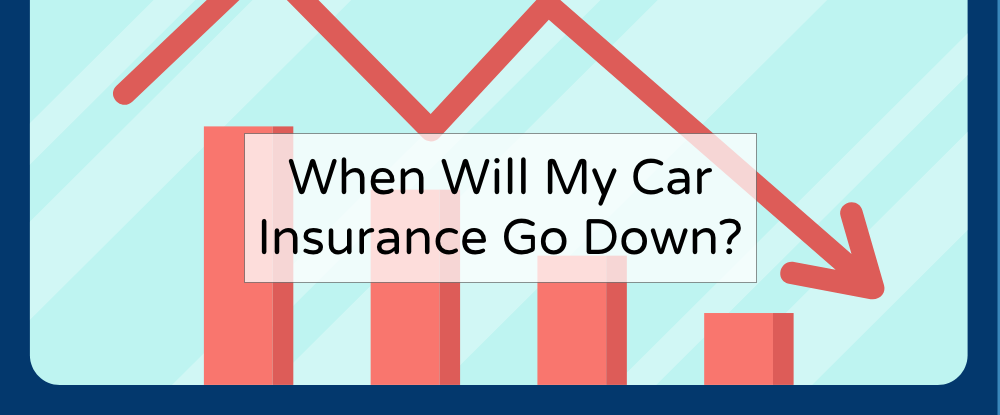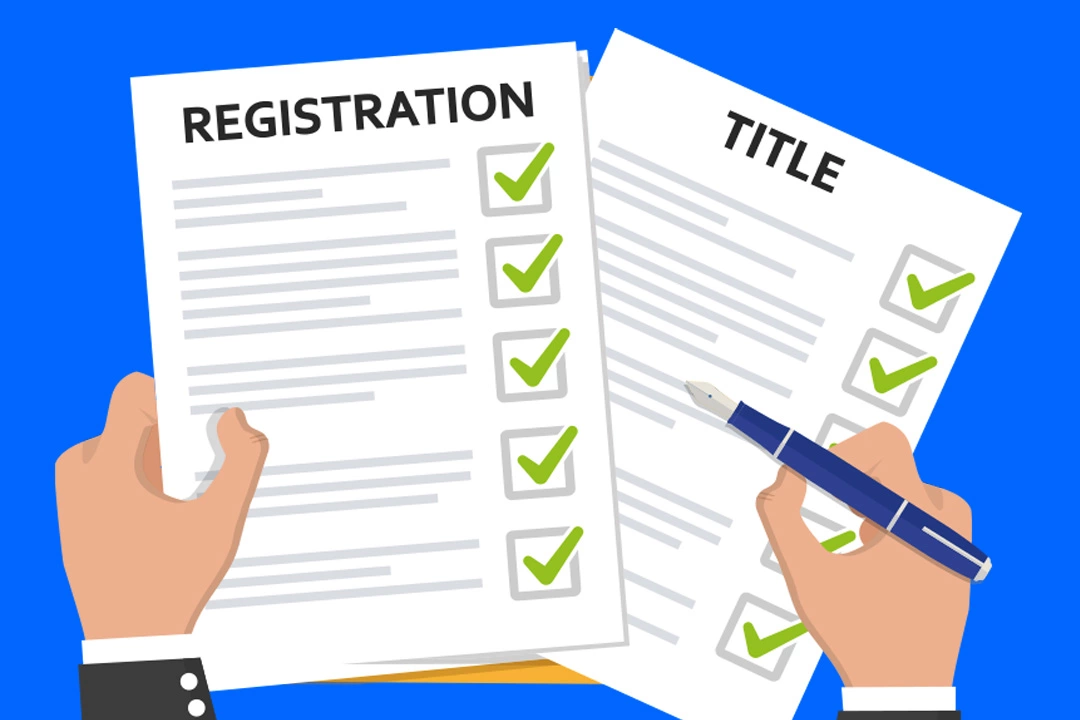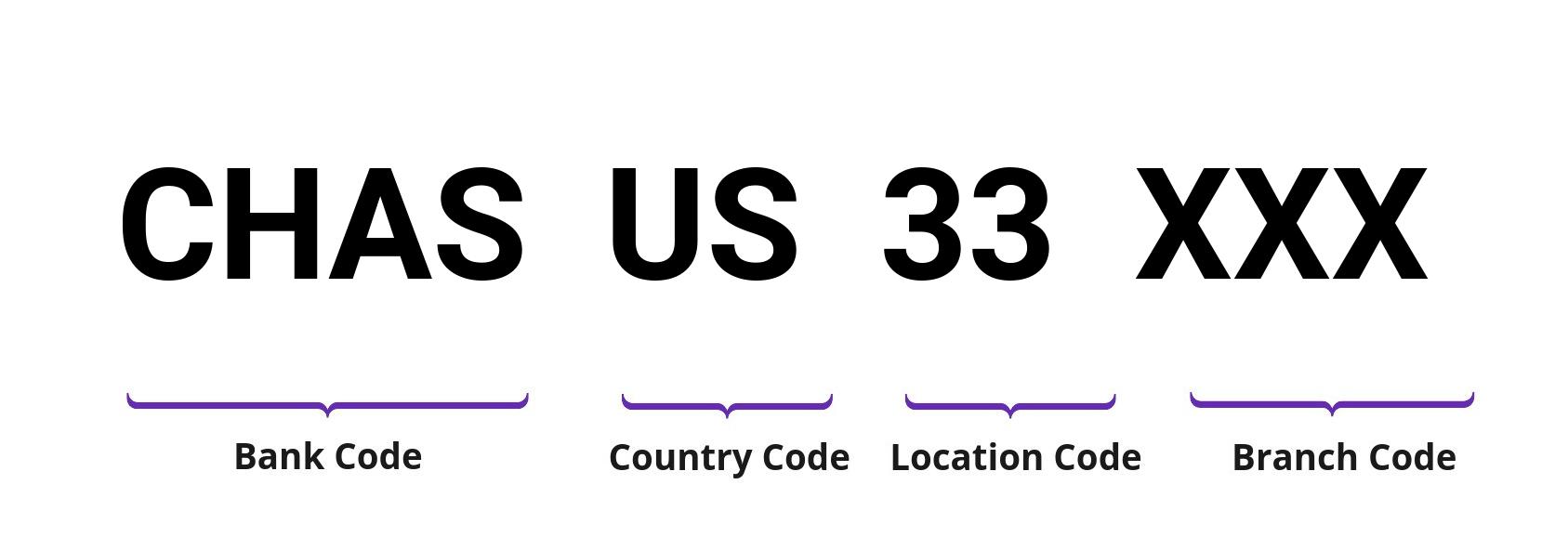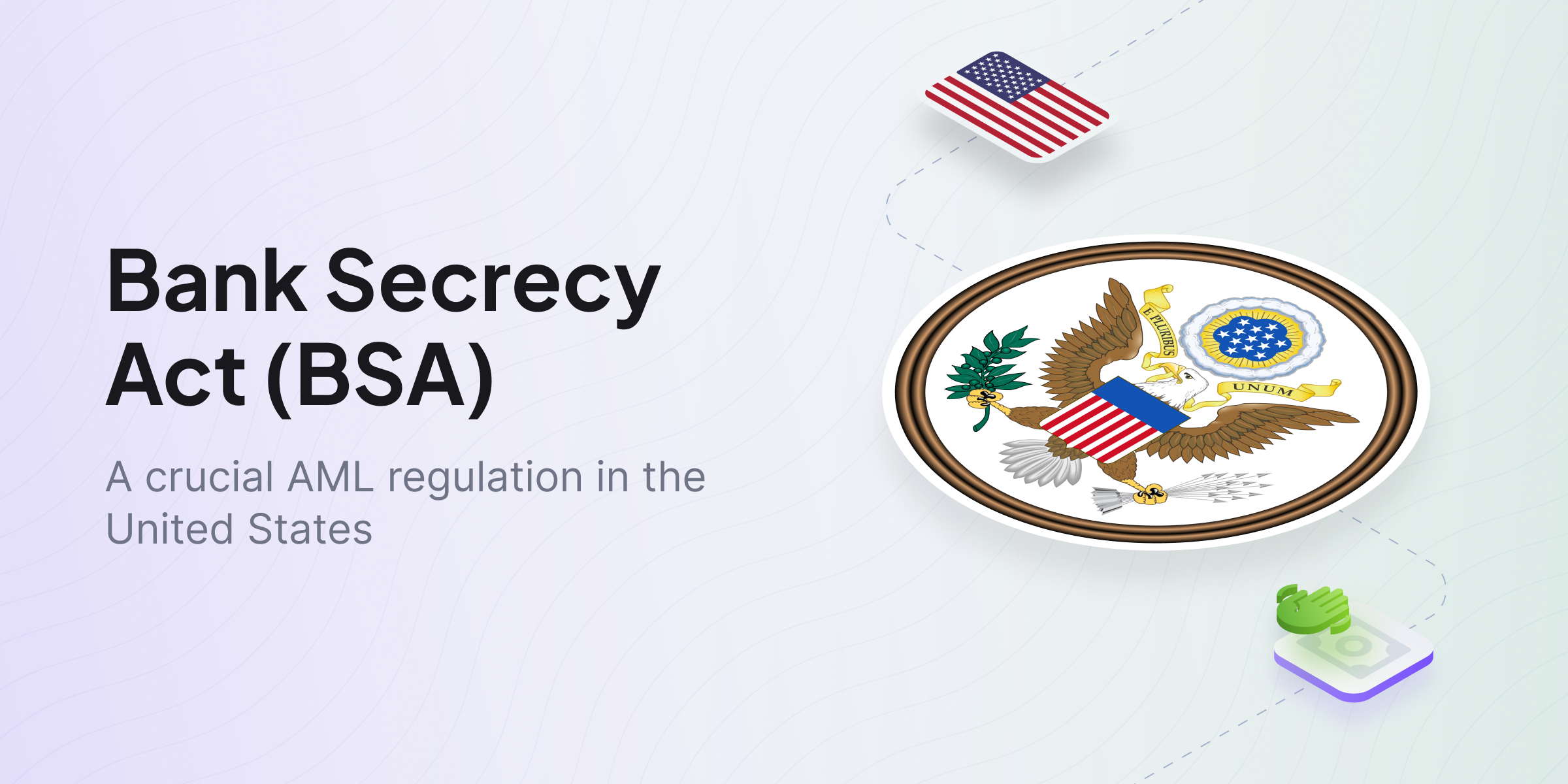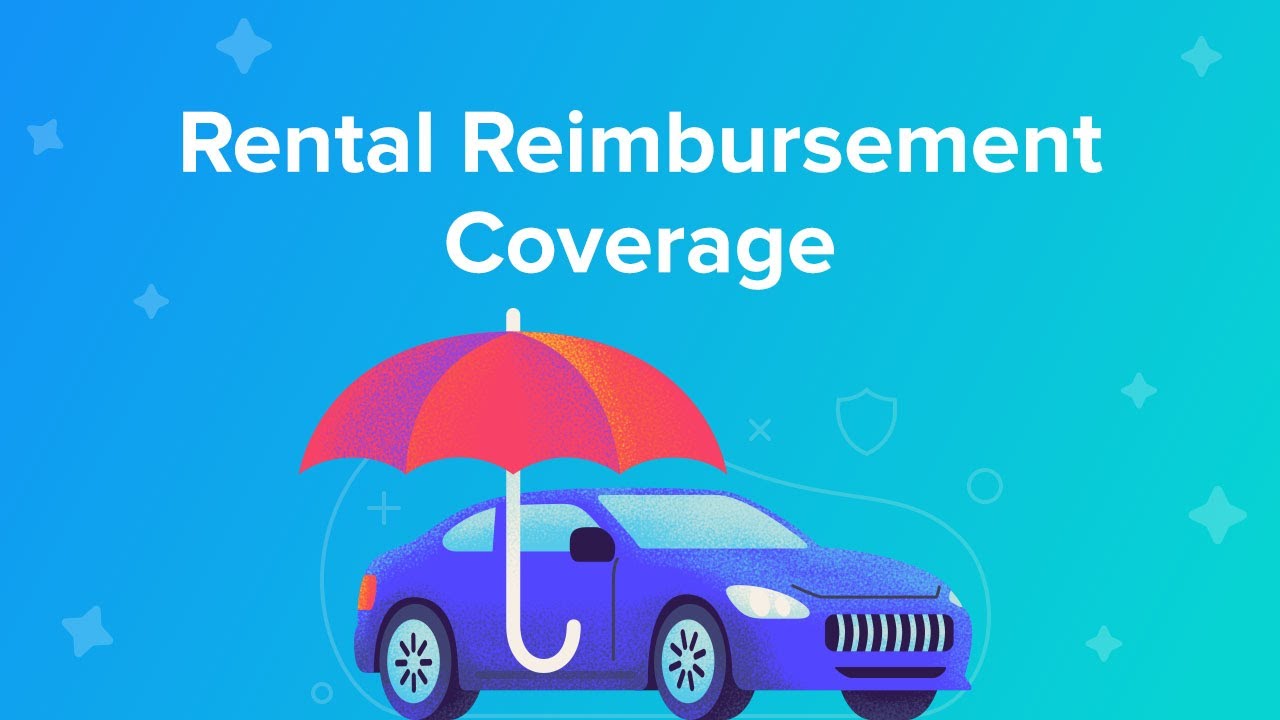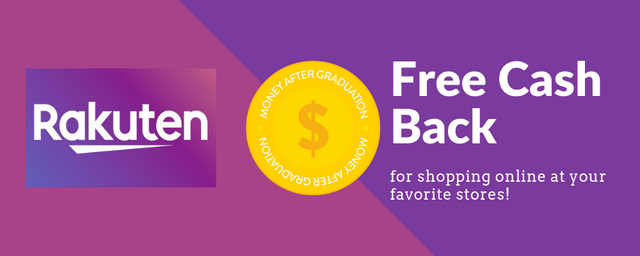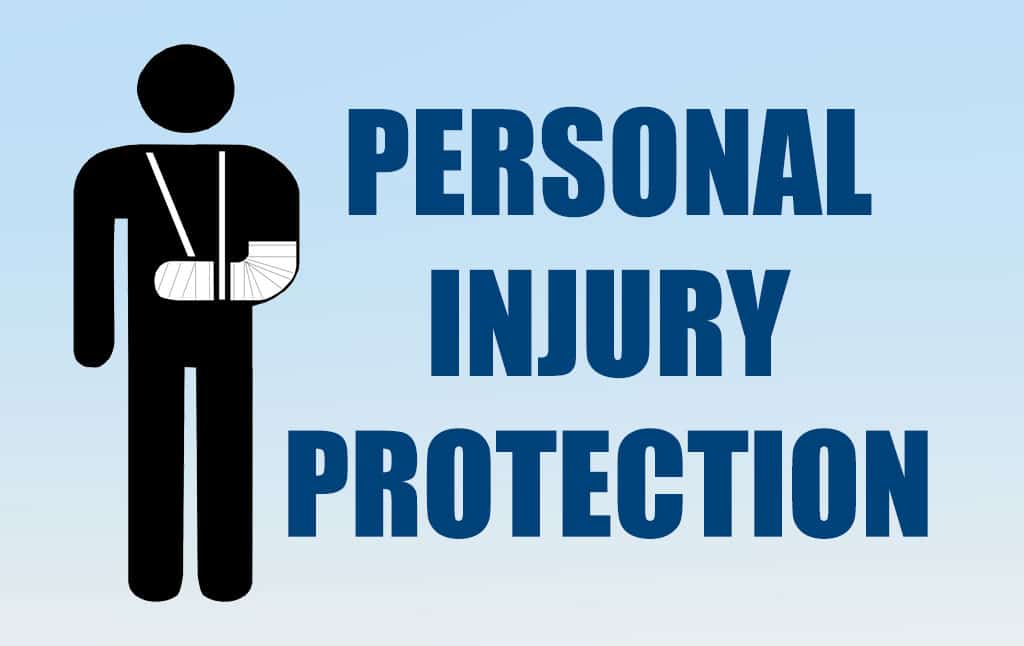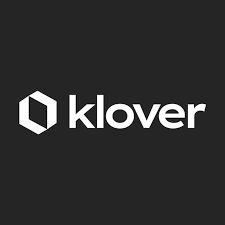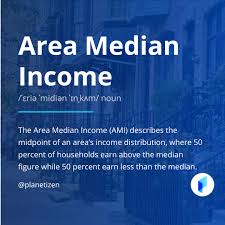When financial burdens weigh you down, finding the best debt relief programs can be a game-changer. Debt can quickly spiral out of control, affecting your credit score, mental health, and overall quality of life. Thankfully, numerous debt relief options exist, tailored to various situations and financial needs. In this article, we’ll explore the 15 best debt relief programs, highlighting their pros, cons, and what sets each apart to help you make an informed decision.
Why Consider Debt Relief Programs?
Debt relief programs provide structured solutions to reduce or eliminate debt, often by negotiating with creditors, consolidating loans, or offering repayment plans. With many options available, choosing the right one depends on your financial situation, debt type, and long-term goals.
Before diving into the list, it’s important to understand the key benefits of debt relief programs:
- Reduced overall debt amount
- Lower monthly payments
- Avoiding bankruptcy
- Structured repayment plans
- Potentially improved credit scores over time
However, they also have drawbacks, including fees, potential credit score impacts, and the risk of scams. Always research thoroughly before enrolling.1. Debt Settlement Programs
Overview
Debt settlement involves negotiating with creditors to reduce the total debt amount owed, often settling for less than the full balance.
Pros
- Potential to reduce debt by up to 50%
- Avoids bankruptcy
- One monthly payment to the settlement company
Cons
- May severely impact credit score
- Possible tax implications on forgiven debt
- Fees can be high (typically 15-25% of settled debt)
What Sets It Apart
Ideal for those with significant unsecured debt who can afford lump sum payments.
2. Debt Management Plans (DMPs)
Overview
Offered by credit counseling agencies, DMPs consolidate debt payments into a single monthly amount.
Pros
- Lower interest rates negotiated
- Avoids bankruptcy
- Helps build payment discipline
Cons
- Requires closing some credit accounts
- May take 3-5 years to complete
- Monthly fees may apply
What Sets It Apart
Best for those with manageable debt who need structured payment help.
3. Bankruptcy (Chapter 7 and Chapter 13)
Overview
Legal process to discharge or reorganize debt under federal law.
Pros
- Immediate relief from creditors
- Chapter 7 can wipe out unsecured debt
- Chapter 13 offers repayment over time
Cons
- Severe credit score impact
- Public record for 7-10 years
- May lose some assets
What Sets It Apart
Last-resort option when other debt relief programs fail.
4. Debt Consolidation Loans
Overview
Combine multiple debts into one loan with a single monthly payment, usually with lower interest rates.
Pros
- Simplifies payments
- Potentially lower interest rates
- Can improve credit score with timely payments
Cons
- Requires good credit for best rates
- Risk of accumulating more debt
- May have fees
What Sets It Apart
Suitable for borrowers with fair to good credit seeking simplicity.
5. Balance Transfer Credit Cards
Overview
Transfer high-interest credit card balances to a new card with a 0% introductory APR.
Pros
- Interest-free period (usually 12-18 months)
- Pay down principal faster
- No impact on credit score if used responsibly
Cons
- Balance transfer fees
- High rates after intro period
- Requires good credit score
What Sets It Apart
Great for disciplined payers with good credit looking to save on interest.
6. Student Loan Forgiveness Programs
Overview
Government or employer programs that forgive part or all of your student loan debt.
Pros
- Potential to eliminate large debts
- No repayment required for forgiven amounts
- Encourages public service careers
Cons
- Strict eligibility requirements
- Long repayment timelines before forgiveness
- Tax consequences on forgiven amounts
What Sets It Apart
Exclusive to federal student loans and certain professions.
7. Credit Counseling Services
Overview
Nonprofit agencies offer free or low-cost budgeting help and debt counseling.
Pros
- Financial education and budgeting tools
- Help negotiating with creditors
- Can lead to DMP enrollment
Cons
- Not a debt elimination solution on its own
- Variable service quality
- Some agencies charge fees
What Sets It Apart
Excellent first step for anyone overwhelmed by debt.
8. Payday Loan Consolidation
Overview
Specialized consolidation for high-interest payday loans.
Pros
- Reduces multiple payday loans to one manageable payment
- Lower interest rates
- Avoids debt cycle
Cons
- May require collateral
- Limited availability
- Can extend repayment period
What Sets It Apart
Targets payday loan borrowers trapped in cycles of debt.
9. Negotiating Directly with Creditors
Overview
Contact creditors directly to request hardship programs or debt reductions.
Pros
- No fees or intermediaries
- Flexible solutions
- Builds goodwill
Cons
- Time-consuming
- No guarantee of success
- Requires negotiation skills
What Sets It Apart
Best for those confident in advocating for themselves.
10. Employer-Based Repayment Assistance
Overview
Some employers offer loan repayment assistance as a benefit.
Pros
- Free money toward debt
- Encourages employee retention
- Tax advantages in some cases
Cons
- Limited to certain employers
- May have caps or restrictions
- Not a comprehensive debt relief solution
What Sets It Apart
Great perk for employees with student loans.
11. Home Equity Loans or Lines of Credit
Overview
Borrow against home equity to pay off higher-interest debt.
Pros
- Lower interest rates than unsecured loans
- Potential tax benefits
- Consolidates debt
Cons
- Risk of foreclosure if payments missed
- Closing costs
- Extends debt term
What Sets It Apart
Useful for homeowners with significant equity and stable income.
12. Peer-to-Peer (P2P) Lending
Overview
Online platforms match borrowers with individual lenders.
Pros
- Easier qualification than banks
- Competitive rates
- Flexible loan amounts
Cons
- May have origination fees
- Variable approval process
- Less regulated than traditional lenders
What Sets It Apart
Alternative lending with faster access.
13. Nonprofit Debt Relief Programs
Overview
Nonprofits provide debt counseling and relief solutions, sometimes with grants or subsidies.
Pros
- Free or low-cost services
- Ethical guidance
- Community-focused
Cons
- Limited availability
- Not all debts covered
- May have waitlists
What Sets It Apart
Ideal for low-income individuals seeking trustworthy help.
14. Snowball Debt Repayment Method
Overview
Paying off smallest debts first to build momentum.
Pros
- Simple to implement
- Psychological motivation
- No fees
Cons
- May cost more interest overall
- Slower on large debts
- Requires discipline
What Sets It Apart
Best for self-motivated individuals managing smaller debts.
15. Online Debt Relief Platforms
Overview
Digital platforms that automate negotiation and management.
Pros
- Convenient
- Transparent fees
- Real-time updates
Cons
- Less personal touch
- Varies by provider
- Requires tech comfort
What Sets It Apart
For tech-savvy users wanting hands-off management.
How to Choose the Best Debt Relief Program for You
Choosing the right debt relief program requires analyzing your:
- Debt type (secured vs. unsecured)
- Total debt amount
- Credit score
- Income stability
- Long-term financial goals
For example, if your credit score is good, a debt consolidation loan or balance transfer credit card may be best. If you have large unsecured debt and struggle with payments, debt settlement or DMPs might be better. In extreme cases, bankruptcy can offer a fresh start.
Final Thoughts
Navigating the world of debt relief can be overwhelming, but knowing the best debt relief programs and their pros and cons helps you take control. Whether you want to consolidate, negotiate, or file for bankruptcy, there’s a solution for every situation.
Make sure to evaluate your financial condition, seek professional advice if needed, and choose the program that aligns with your goals. By doing so, you can pave the way to financial freedom and peace of mind.




